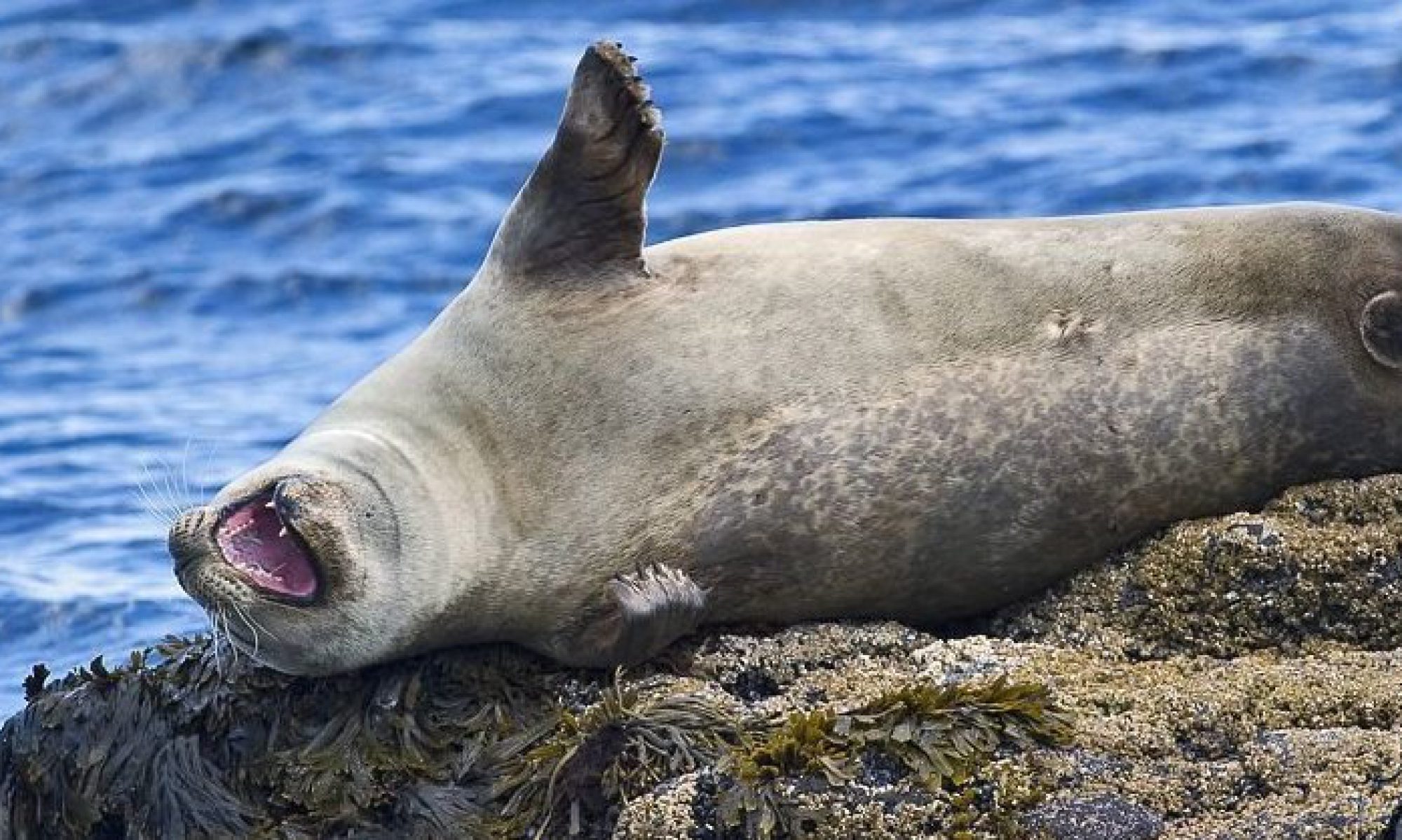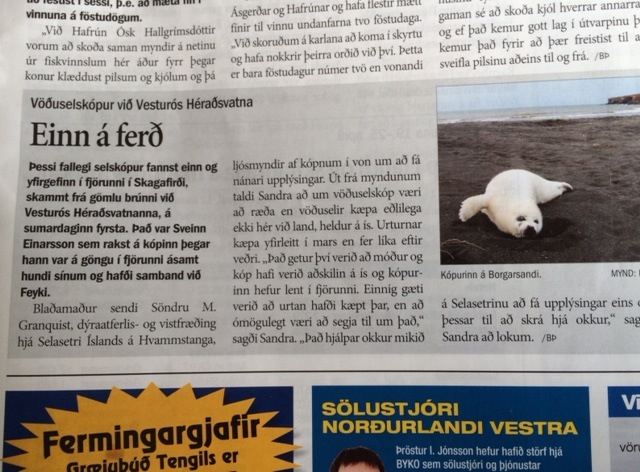The North West Birding Trail is now available in a map. The trail guides you through some of the richest birding areas in the Nort West of Iceland. It highlights birding locations and areas which are accessible for most bird enthusiasts travelling on their own. The sites reccommended in this first version of the map are 17, ranging from Borðeyri in the west to Þórðarhöfði in the east.
The project is a cooperation between tourism associations in the area as well as Hólar university and the Icelandic Seal Center. The Seal Center was responsible for project management. The project was funded by Vaxtarsamningur Norðurlands Vestra and done with support from the North East Birding Trail.
The map was designed by Blokkin in Húsavík and printed at Nýprent in Sauðárkrókur.






